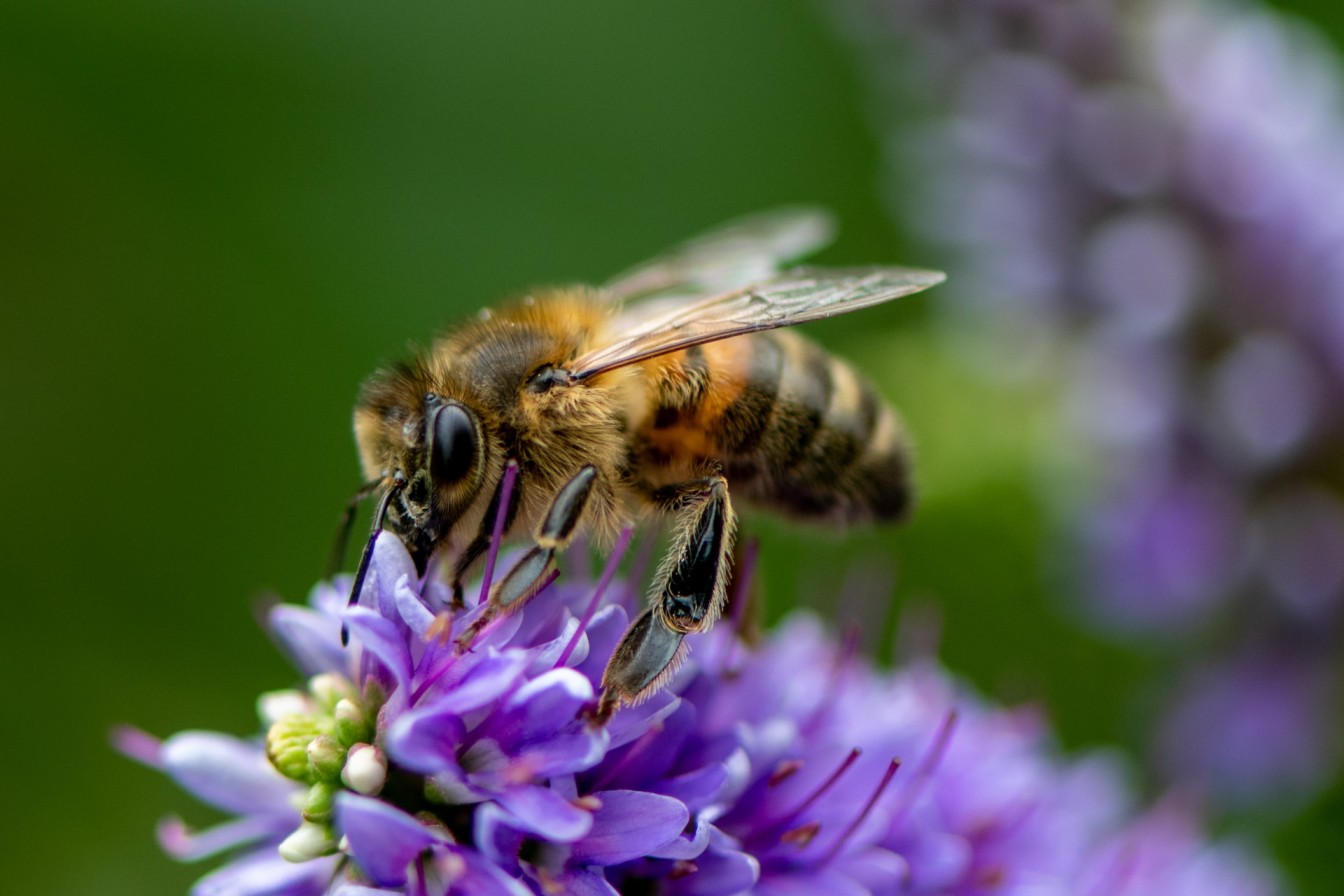Bees have a remarkable ability to sense a flower’s electric field. It is believed that this ability helps them to identify flowers and the nectar they contain. However, what happens when fertilizer messes with the “buzz” and interferes with the bee’s ability to sense a flower’s electric field? That is the question that this blog post seeks to answer.
The role of bees in pollination
Bees are essential for pollination, which is the transfer of pollen from one flower to another, resulting in the production of seeds. Pollination is necessary for plants to reproduce and thrive, and bees play an important role in this process.
Bees have a unique ability to detect a variety of signals that help them find flowers. They can detect visual patterns on flowers, as well as chemical sprays from flowers that advertise their presence. More recently, scientists have discovered that bees can also sense electric signals emitted by flowers. This bioelectric potential is generated by the flow of ions between the flower and the bee. By detecting these electric signals, bees can find flowers much faster than with visual or olfactory cues alone.
How bees use electric fields to find flowers
Bees can detect electrical signals from flowers that allow them to find the nectar they need for sustenance. This bioelectric potential, produced by the flower, is sensed by the bee’s antennae and helps it distinguish between different flowers. While bees use their vision to pick up on visual patterns of a flower, such as color and shape, the electric field signals are what help the bee hone in on its target. These signals also contain chemical sprays, which provide information about the flower’s pollen. By using both the visual cues and electric fields, bees are able to quickly identify flowers and locate the best sources of nectar.
How fertilizers interfere with bees’ ability to sense electric fields
Bees are able to detect electric signals, which they use to locate flowers. These electric signals, or bioelectric potentials, create a detectable pattern of charges that the bee can pick up on. Bees can also use visual patterns to find flowers, but in many cases, these signals are not strong enough for them to detect.
Unfortunately, some fertilizers can interfere with the electric signals that bees rely on. Fertilizers are often made of chemicals and can contain high levels of nitrogen and other minerals that can dampen the electric signal. Additionally, chemical sprays used to treat lawns and gardens can also muffle the electric signal from flowers. This makes it much harder for bees to find the flowers they need to pollinate and collect nectar.
The consequences of bees being unable to find flowers
When bees are unable to detect the electric signals of flowers, it can have dire consequences for our environment. As bees play a vital role in pollination, without them, plants may struggle to reproduce and propagate. This could cause disruption of food webs and ecosystems. Bees rely on visual patterns and the chemical sprays given off by flowers to identify and forage for nectar and pollen. But when the electric signals from flowers are blocked or distorted by fertilizer, bees may be unable to locate the flowers they need. Additionally, bee-pollinated crops may suffer from decreased yields, leading to decreased profitability for farmers. Ultimately, disruption of the relationship between bees and flowers caused by fertilizer could lead to disastrous consequences for both the environment and agricultural sectors.
What we can do to help bees
Bees are essential to our environment, and it is important that we do everything we can to keep them safe. To protect bees from the interference of fertilizers, we can take several measures.
Firstly, we can use bee-friendly fertilizers that contain fewer chemicals. These fertilizers will have less of an effect on bees’ ability to detect electric signals, so they can find flowers more easily.
We can also use different methods to attract bees other than chemical sprays. Bees can detect visual patterns, so planting flowers in groupings of colors or in a specific design can help them find their way around the garden more easily.
Finally, we should be aware of the bioelectric potential of our gardens and be careful not to use too much fertilizer, which can interfere with the electric signals that bees use to find food. By making sure our gardens are bee-friendly, we can ensure that these essential pollinators can continue to thrive.

Good jobs
Nice